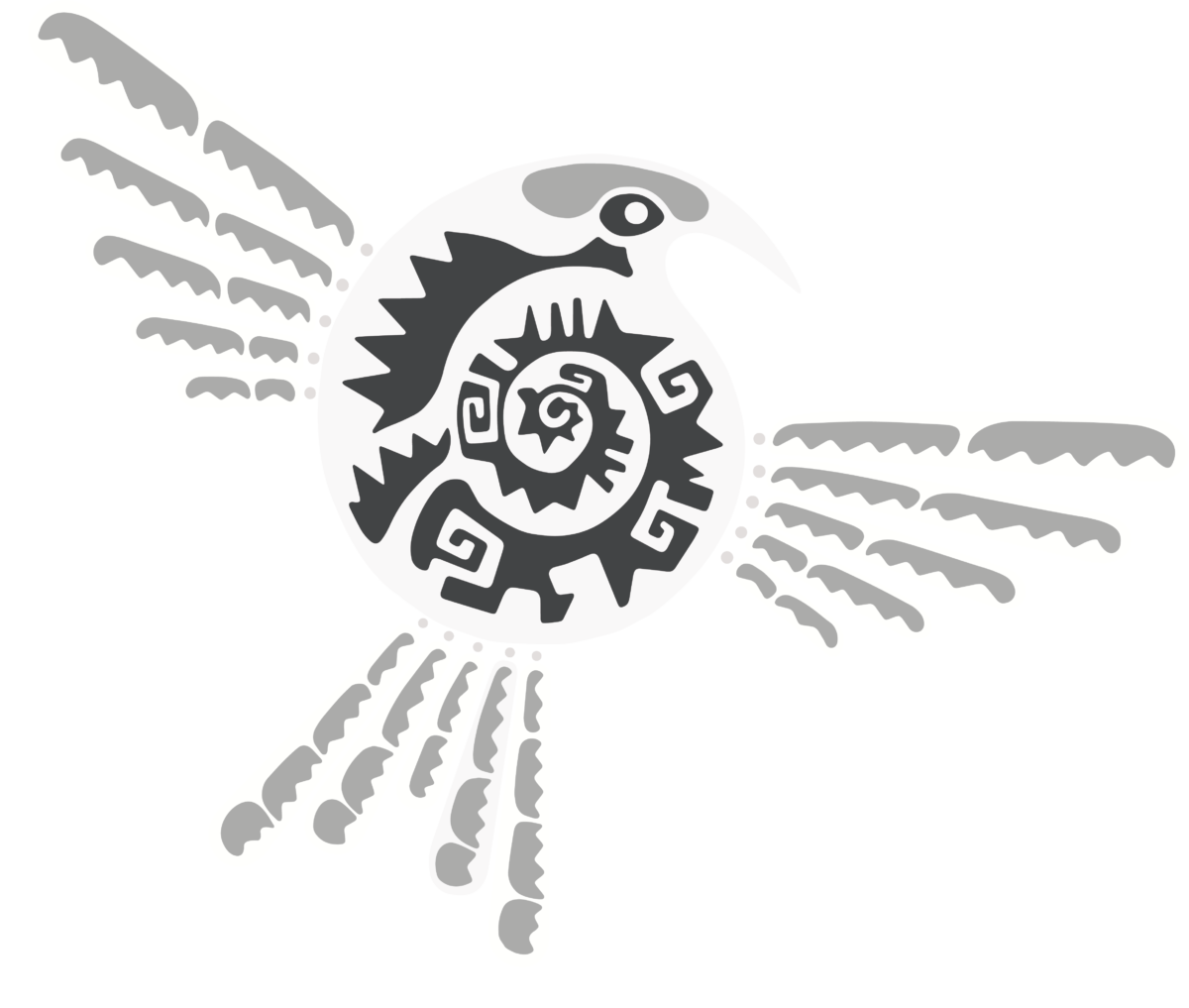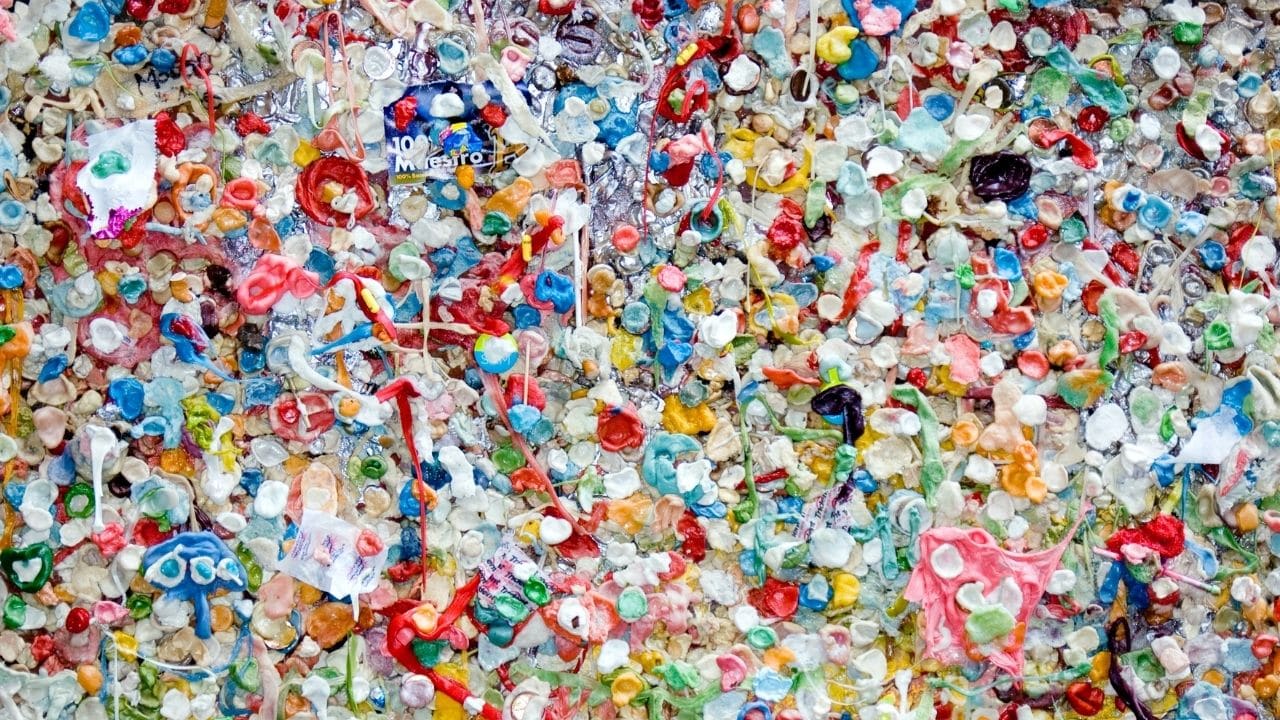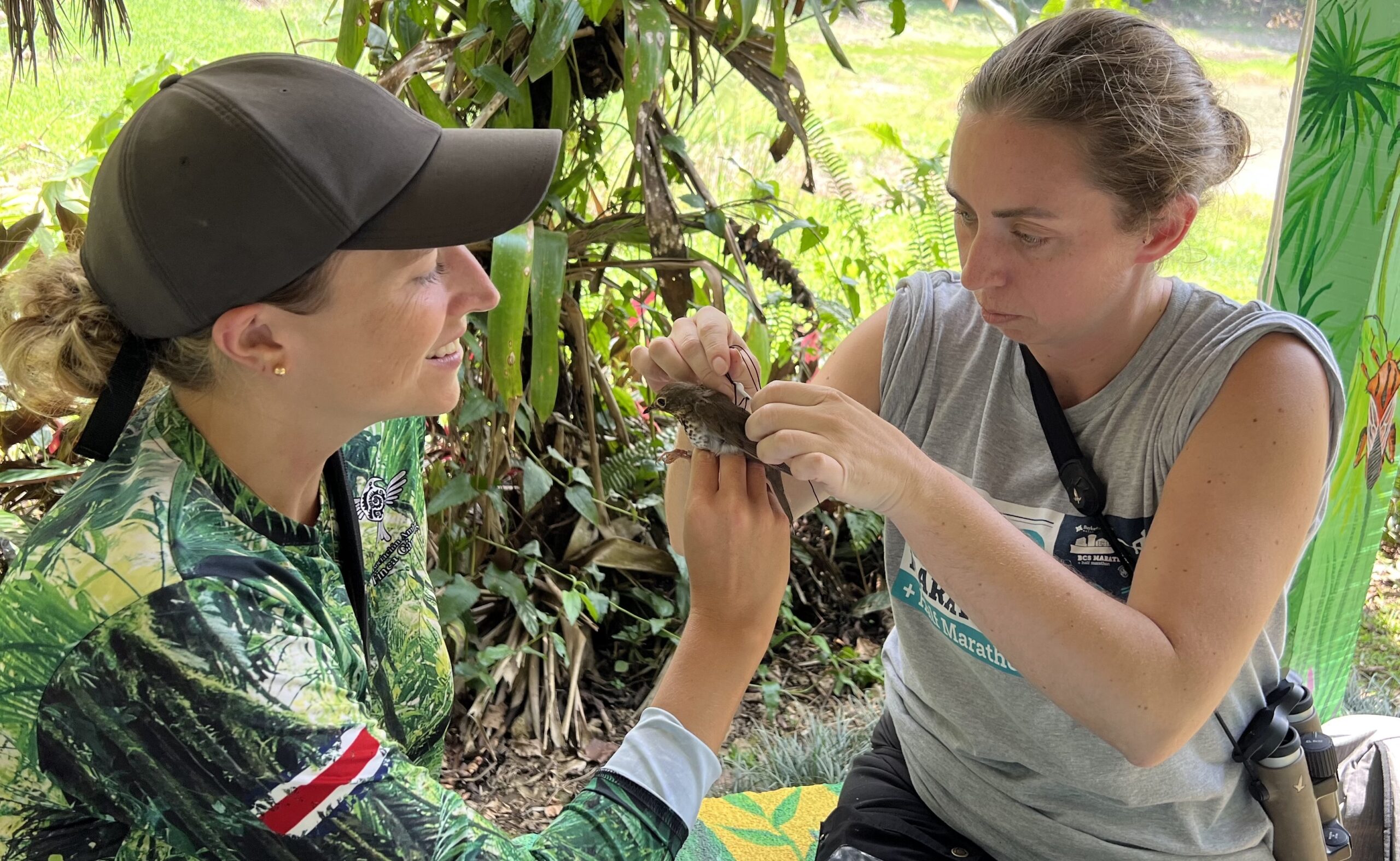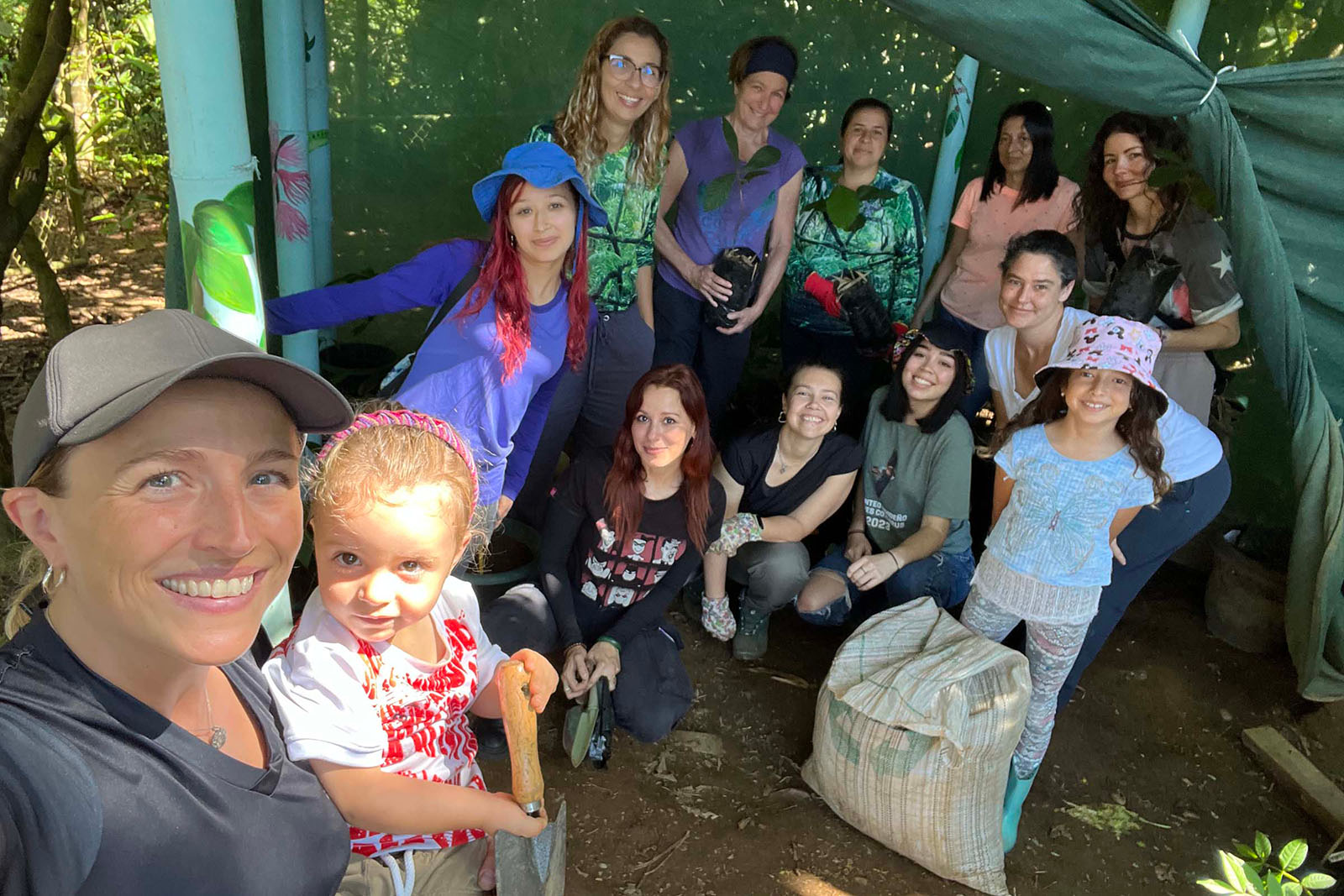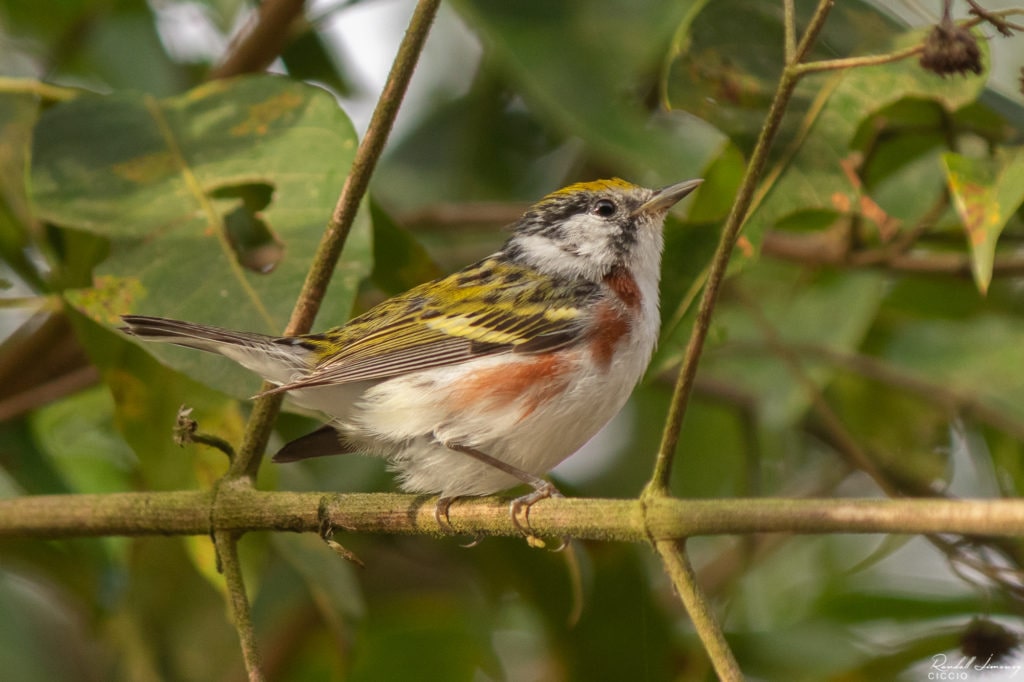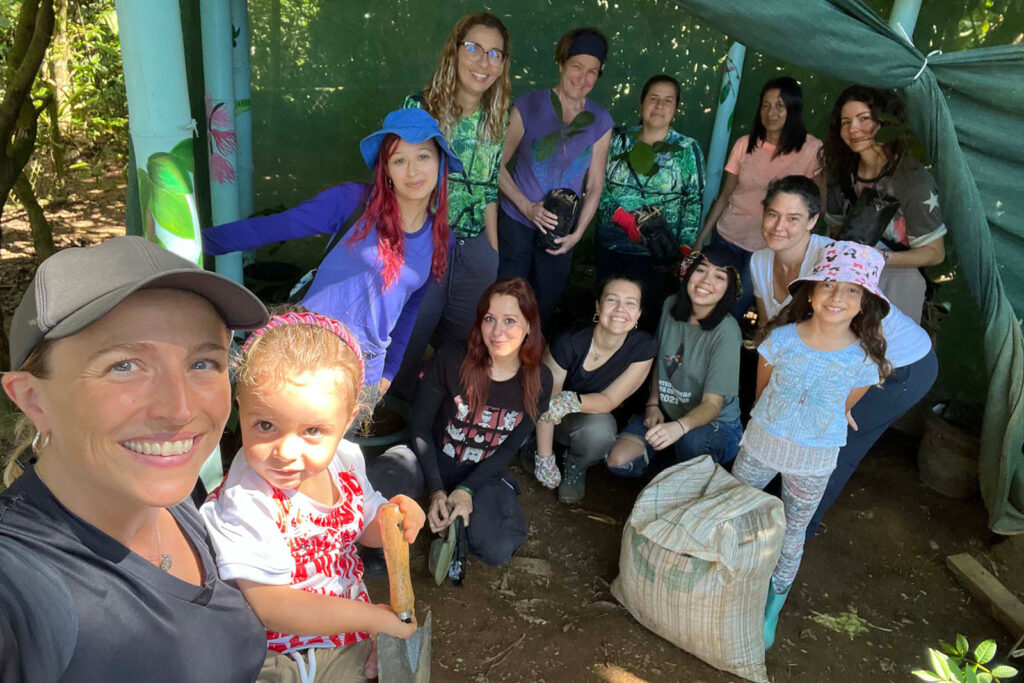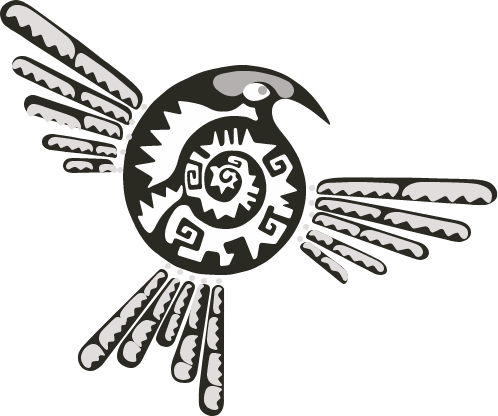The last time I went surfing I broke my “paw,” also known as the fourth finger on my right hand. The nickname arose not from the absurd ball-shaped bandage it required—reminiscent of a “chuck-it” toy used to play fetch with a dog—but because the only X-ray machine near the site of my accident was at the local veterinarian’s practice.
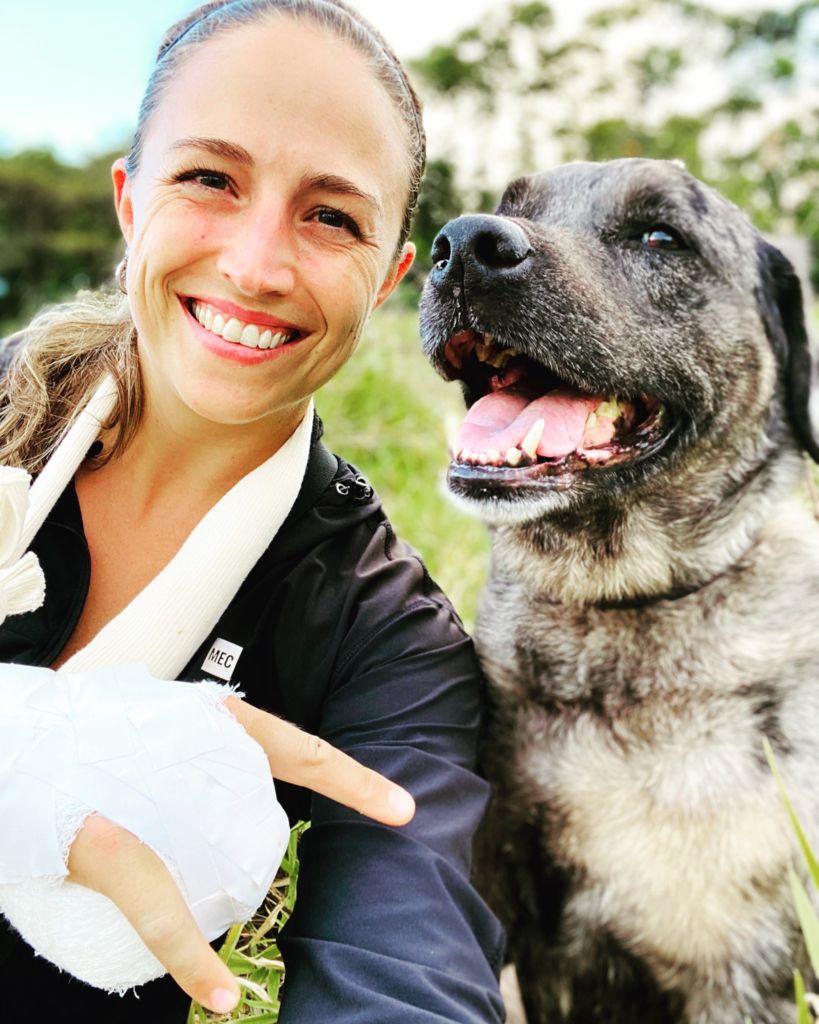
What does my broken “paw” have to do with the plastics pollution?
When I got back on the saddle recently (aka the surfboard), my fears of breaking new body parts were overshadowed by worries about the broken parts of our planet. While floating and falling clumsily in marine habitat, one of the most visible environmental challenges is plastics pollution.
A line of Brown Pelicans (Pelecanus occidentalis) might trace the curl of a wave, showcasing the subtle beauty of underrated greys, browns and whites. But below their beaks (carry-out fish-pouches) a styrofoam carry-out container is mixed in with sea foam.
A secretive cluster of Sanderlings (Calidris alba) might dart back and forth on the beach in rhythm with the tide, rapidly reaching their beaks down to eat. But below their quick movements, a plastic grocery bag is buried and unearthed by the water on repeat.
A pair of fire engine-red Scarlet Macaws (Ara macao) might squawk their way along the edge of the beach, the decibels of their calls matching their colour. But below the palm trees, an old plastic toy truck is tucked among a pile of fallen coconuts.
Plastics such as single-use containers, grocery bags, toys and more leave their mark on beaches, and harm countless seabirds, turtles, fish and whales each year through entanglement, suffocation and ingestion (Ocean Conservancy, 2020). Plastics also overwhelm terrestrial landfills and take centuries to degrade (Nat Geo, 2018).
But human ingenuity allows us to heal broken bones, and we are capable of healing the planet, too.
We can make easy but strategic individual lifestyle choices: bring our own grocery bags to the store, avoid single-use containers and drink water from a reusable bottle.
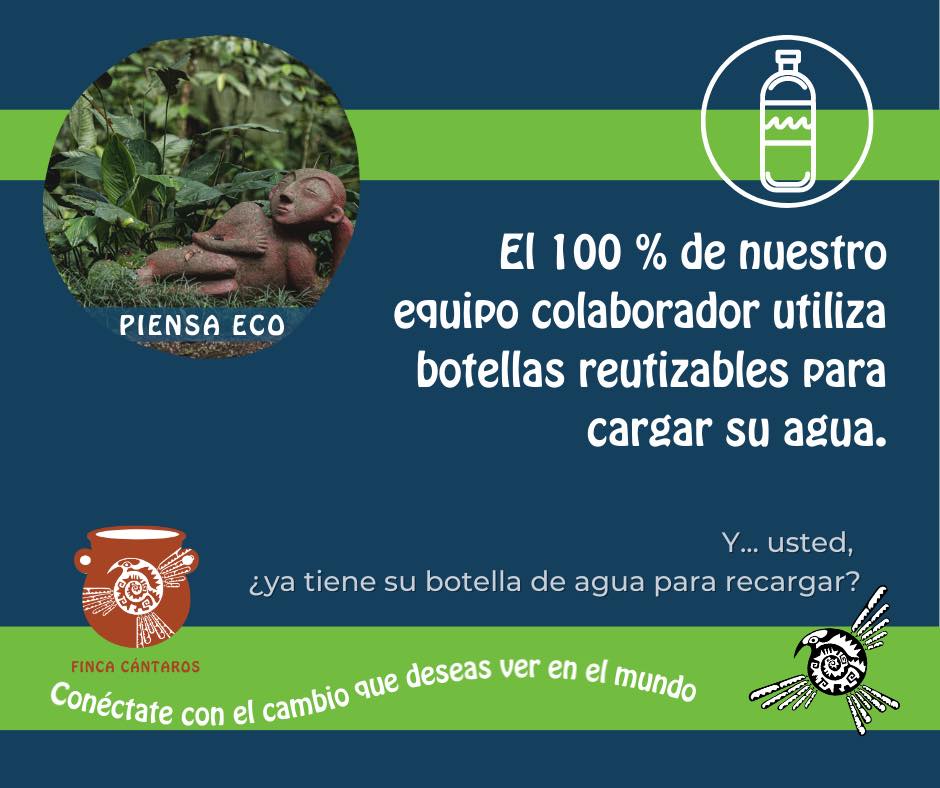
During the global health pandemic it is especially important to follow the recommended measures for disposing of face masks. Masks are essential for protecting our health, but can harm the environment if not discarded properly. The University of Costa Rica (Universidad de Costa Rica, 2020) offers recommendations in the link below.
Individual behaviours are important but not enough; we must also engage in collective action. In this vein, Costa Rica has set an ambitious goal for 2021: ban all single-use plastics. This is a collaborative effort between the government, private and public sectors, universities and more, that strives for innovative solutions. For example, a group of university students has been working on creating an alternate to plastic. They are experimenting with material made from plátano (plantain) that disintegrates in only 18 months, in addition to being 5 times stronger than plastic (NG Español, 2020).
Another example of collective action: groups of surfers around the world that organize campaigns to clean the beaches of plastics, from Costa Rica to England.
I popped up on the surfboard and subsequently crashed headfirst into the sand countless times before finally catching one wave. Persistence is equally necessary to learn balance on a surfboard as it is to find balance between our human activity and the protection of natural habitat.
References:
National Geographic. (n.d.). Costa Rica prohibirá los plásticos de un solo uso para el 2021.
Ocean Conservancy. (n.d.). Fighting for trash free seas.
Universidad de Costa Rica. (2020, November 6). Desechar mal las mascarillas de un solo uso le costaría al ambiente casi 400 años para degradarlas.
